Growing Focus on Sustainability
Sustainability is becoming a pivotal concern within the Laboratory Ware Market, as laboratories increasingly prioritize eco-friendly practices. The demand for sustainable laboratory ware, such as recyclable and biodegradable materials, is on the rise. This shift is driven by both regulatory pressures and a growing awareness of environmental issues among consumers and organizations. According to recent studies, the market for sustainable laboratory products is expected to grow at a rate of 8% annually. As laboratories adopt greener practices, manufacturers are likely to respond by developing sustainable alternatives to traditional laboratory ware. This trend not only aligns with The Laboratory Ware Market.
Rising Demand for Laboratory Services
The Laboratory Ware Market is experiencing a notable increase in demand for laboratory services across various sectors, including healthcare, pharmaceuticals, and environmental testing. This surge is driven by the growing need for accurate diagnostics and research capabilities. According to recent data, the laboratory services market is projected to expand at a compound annual growth rate of approximately 6.5% over the next few years. This growth directly influences the demand for laboratory ware, as more laboratories require high-quality equipment and supplies to meet the increasing workload. Consequently, manufacturers in the Laboratory Ware Market are likely to focus on enhancing their product offerings to cater to this rising demand, ensuring that they remain competitive in a rapidly evolving landscape.
Regulatory Compliance and Quality Standards
The Laboratory Ware Market is significantly influenced by stringent regulatory compliance and quality standards imposed by various health and safety organizations. Laboratories are required to adhere to specific guidelines to ensure the accuracy and reliability of their results. This regulatory landscape drives the demand for high-quality laboratory ware that meets these standards. For instance, the ISO 9001 certification is often sought by manufacturers to demonstrate their commitment to quality management systems. As laboratories strive to maintain compliance, they are likely to invest in superior laboratory ware, thereby propelling the market forward. This trend indicates a growing awareness of the importance of quality in laboratory operations, which could lead to increased sales for compliant manufacturers.
Increased Investment in Research and Development
Investment in research and development (R&D) is a critical driver for the Laboratory Ware Market. As governments and private entities allocate more resources towards scientific research, the need for advanced laboratory equipment becomes paramount. The global R&D expenditure has been steadily increasing, with estimates suggesting it could reach over 2.5 trillion USD by 2025. This influx of funding not only supports the development of innovative laboratory techniques but also necessitates the procurement of specialized laboratory ware. As a result, manufacturers are likely to see a boost in demand for their products, as research institutions and laboratories seek to equip themselves with the latest technology to facilitate groundbreaking discoveries.
Technological Innovations in Laboratory Equipment
Technological innovations are reshaping the Laboratory Ware Market, as advancements in materials and design enhance the functionality and efficiency of laboratory equipment. Innovations such as smart lab technologies, automation, and improved materials are becoming increasingly prevalent. For example, the integration of IoT devices in laboratory ware allows for real-time monitoring and data collection, which can significantly improve laboratory workflows. As laboratories seek to optimize their operations, the demand for technologically advanced laboratory ware is likely to rise. This trend suggests that manufacturers who invest in research and development of innovative products may gain a competitive edge in the Laboratory Ware Market, catering to the evolving needs of modern laboratories.



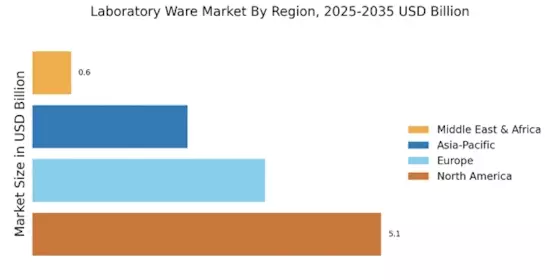
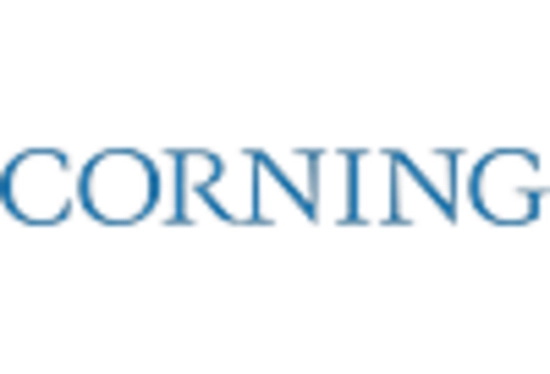
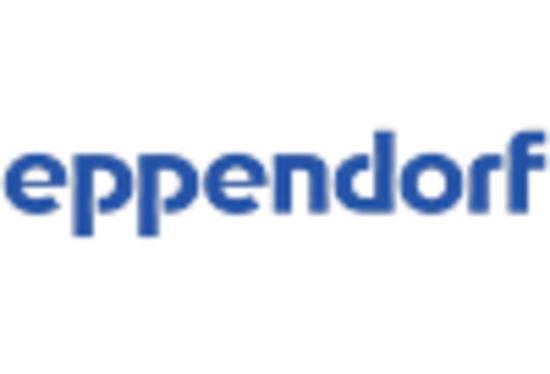

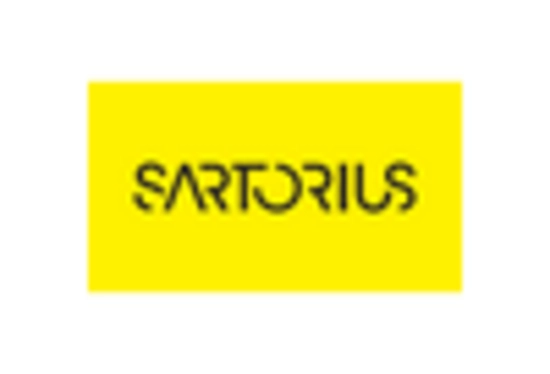

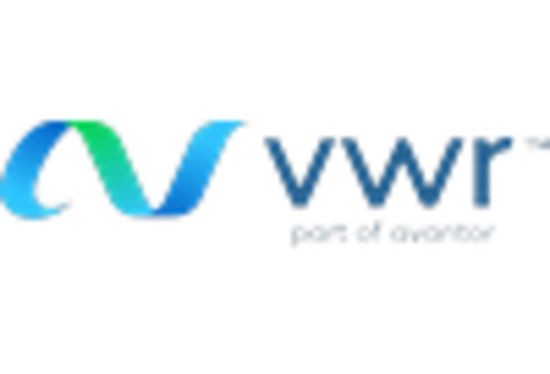








Leave a Comment